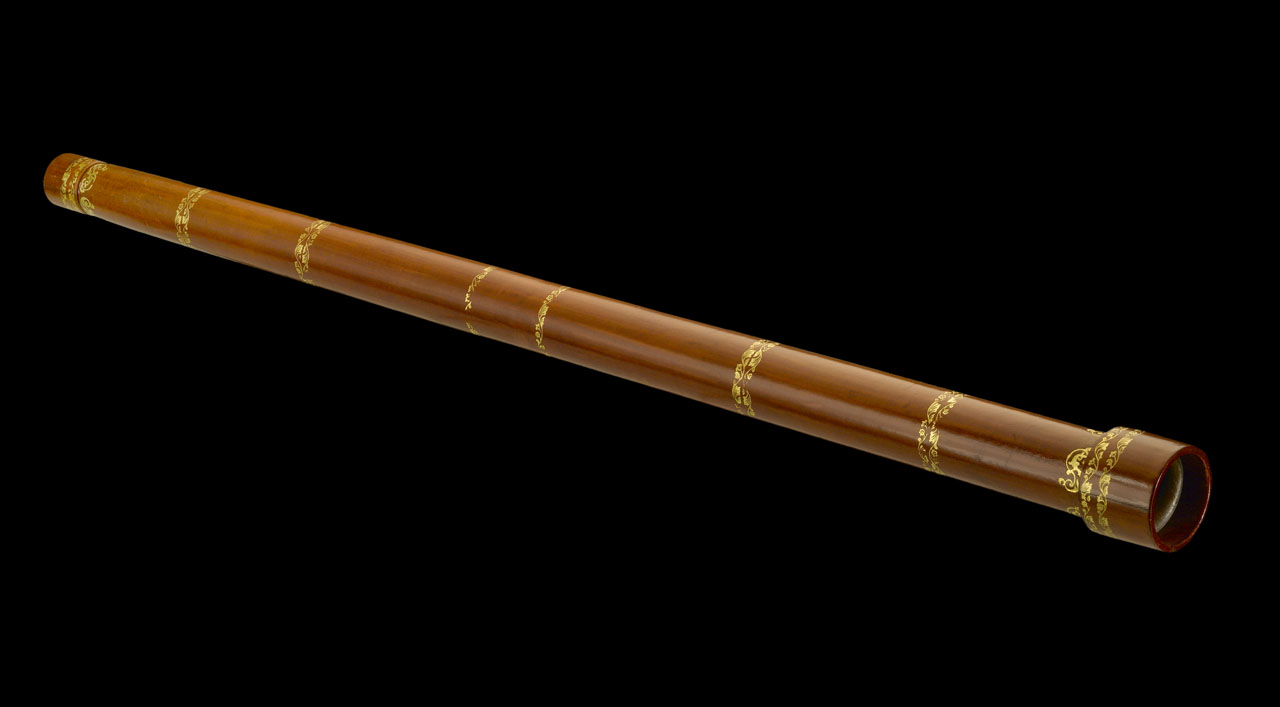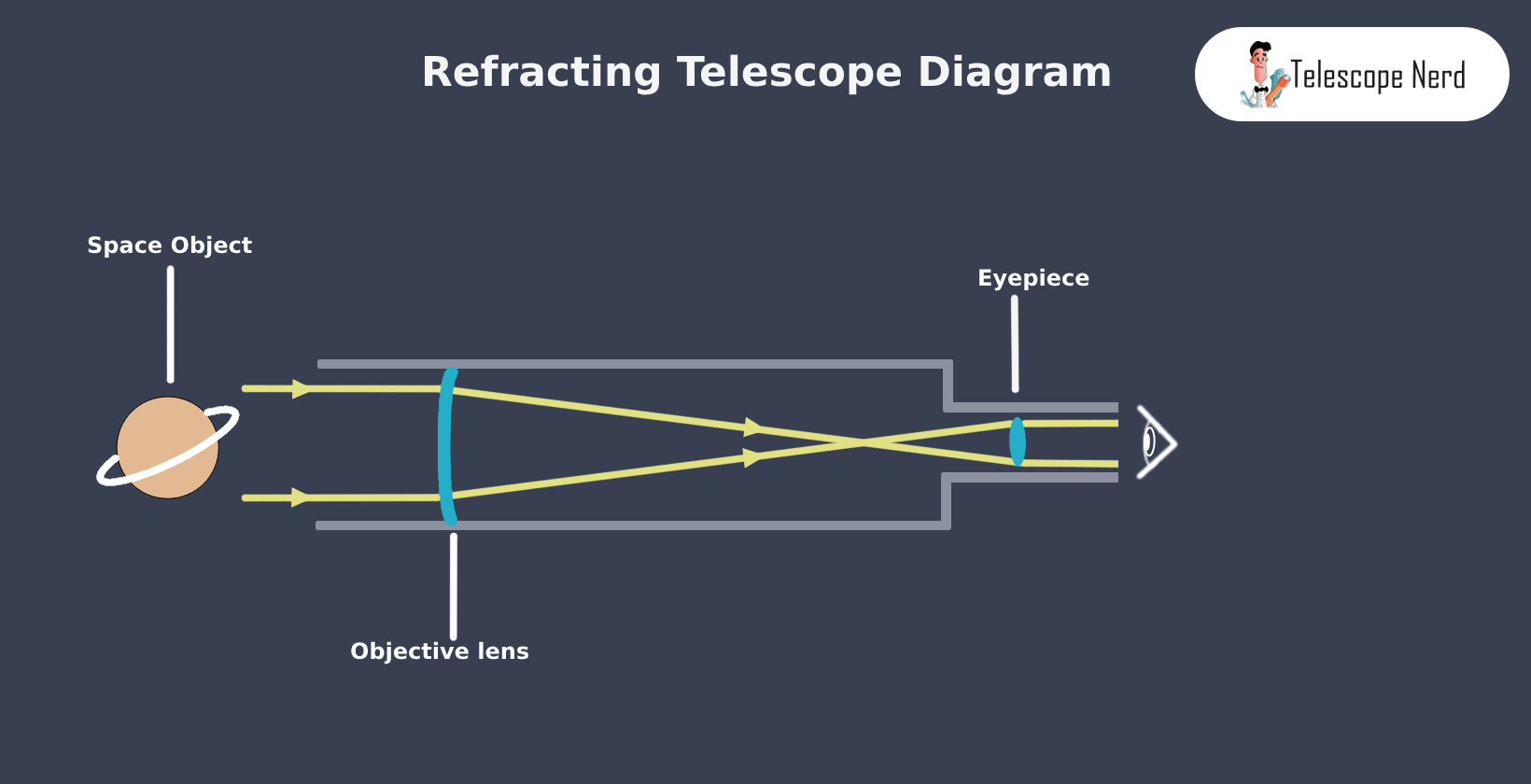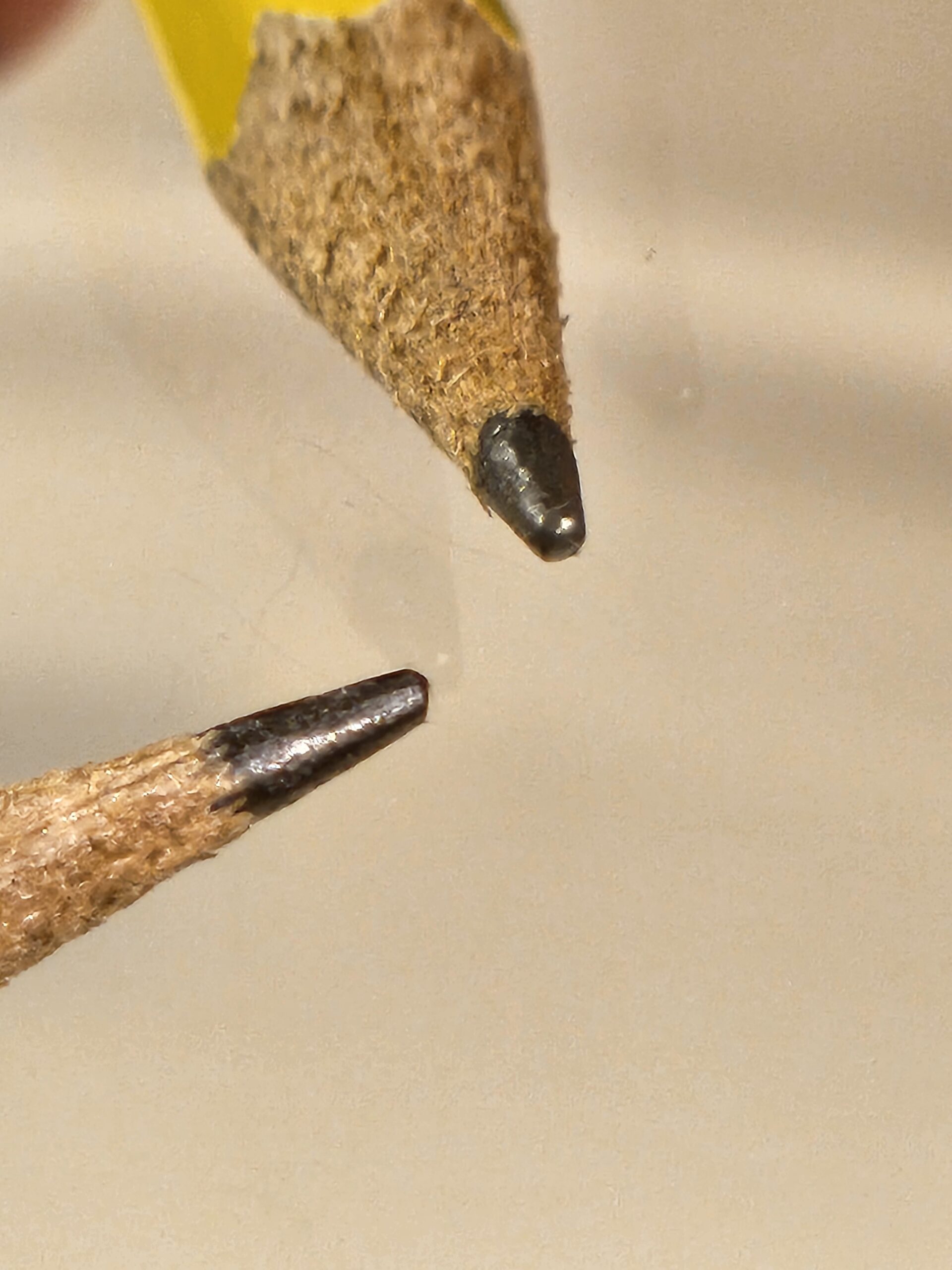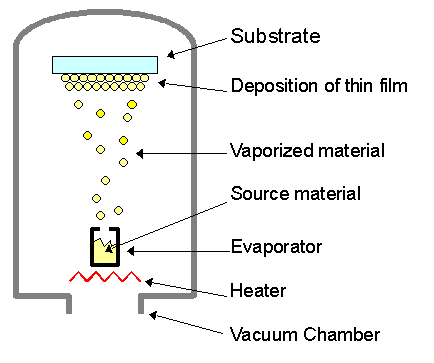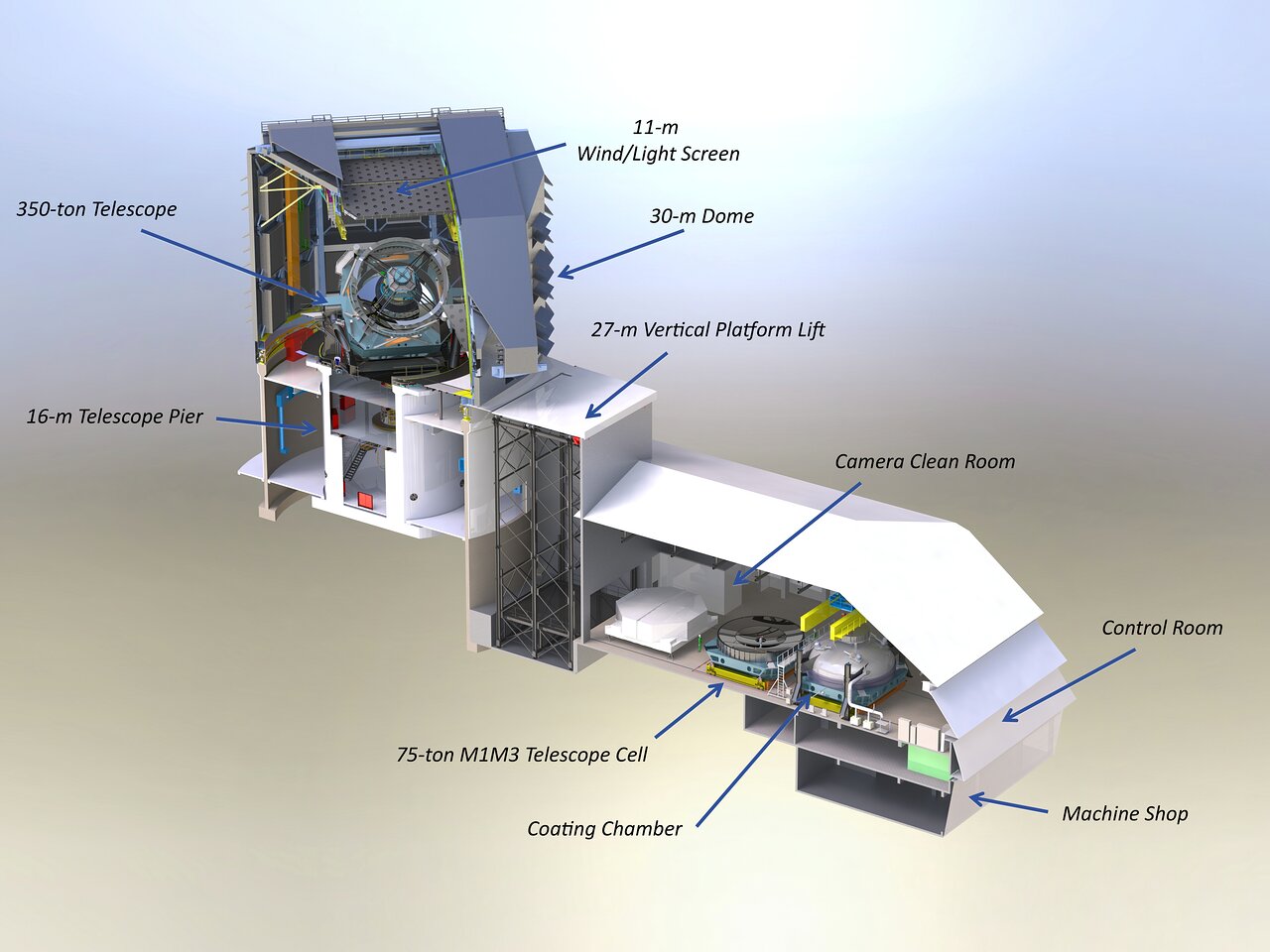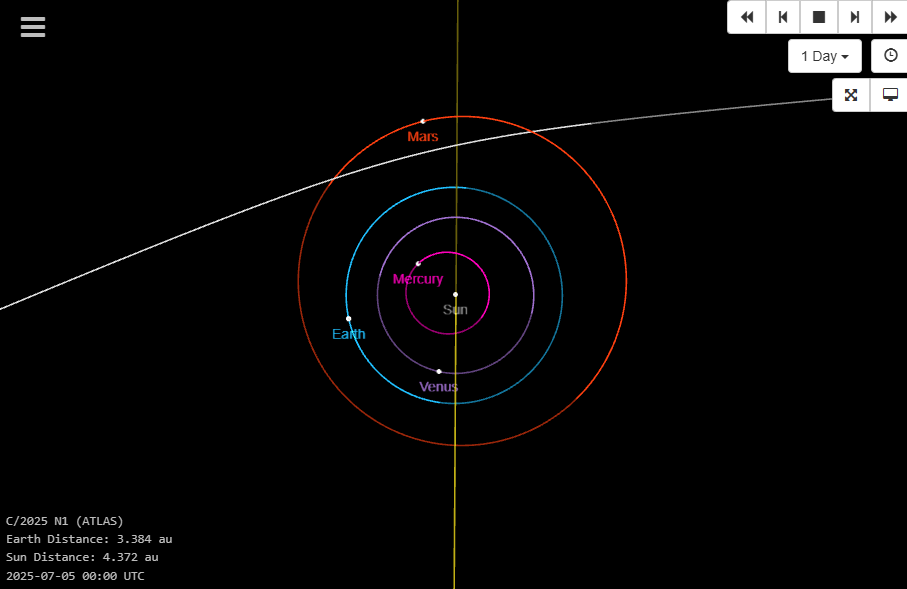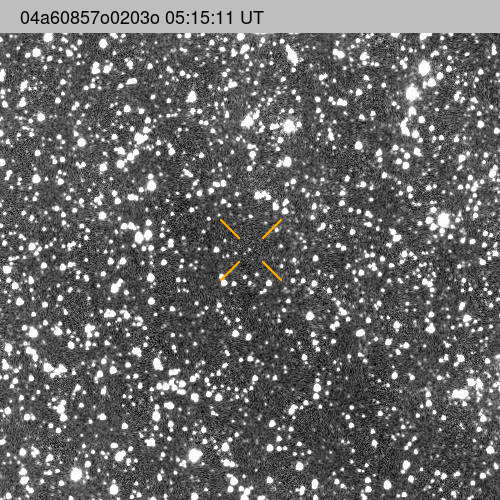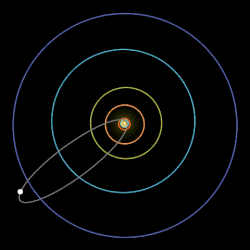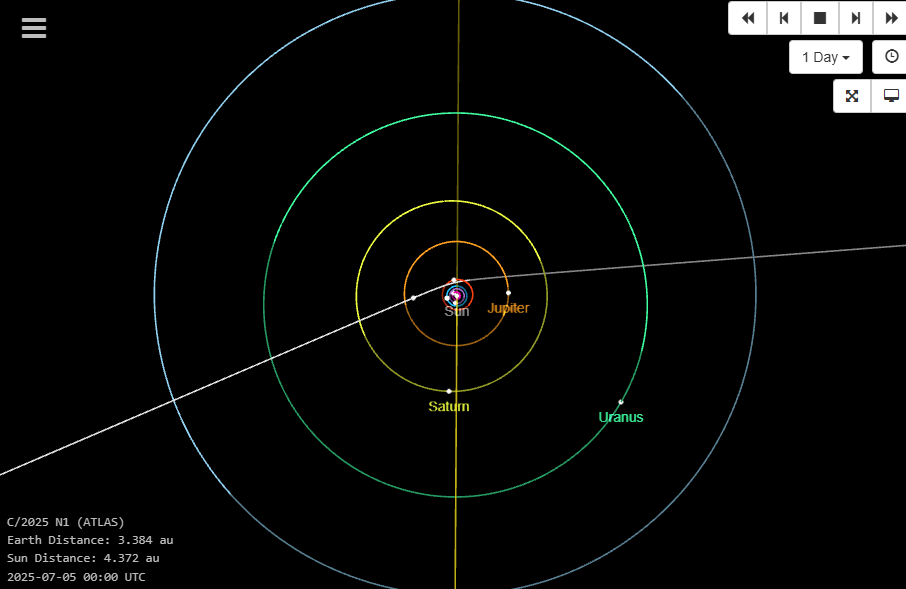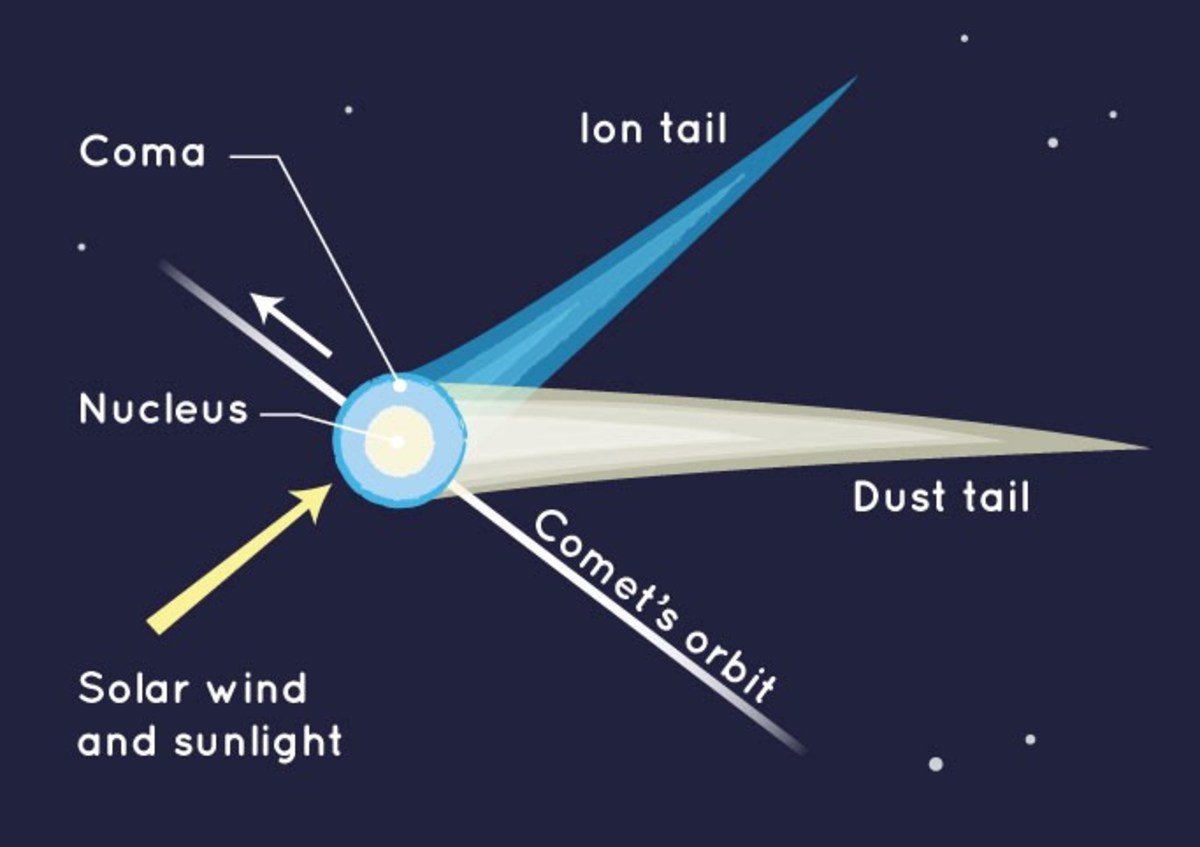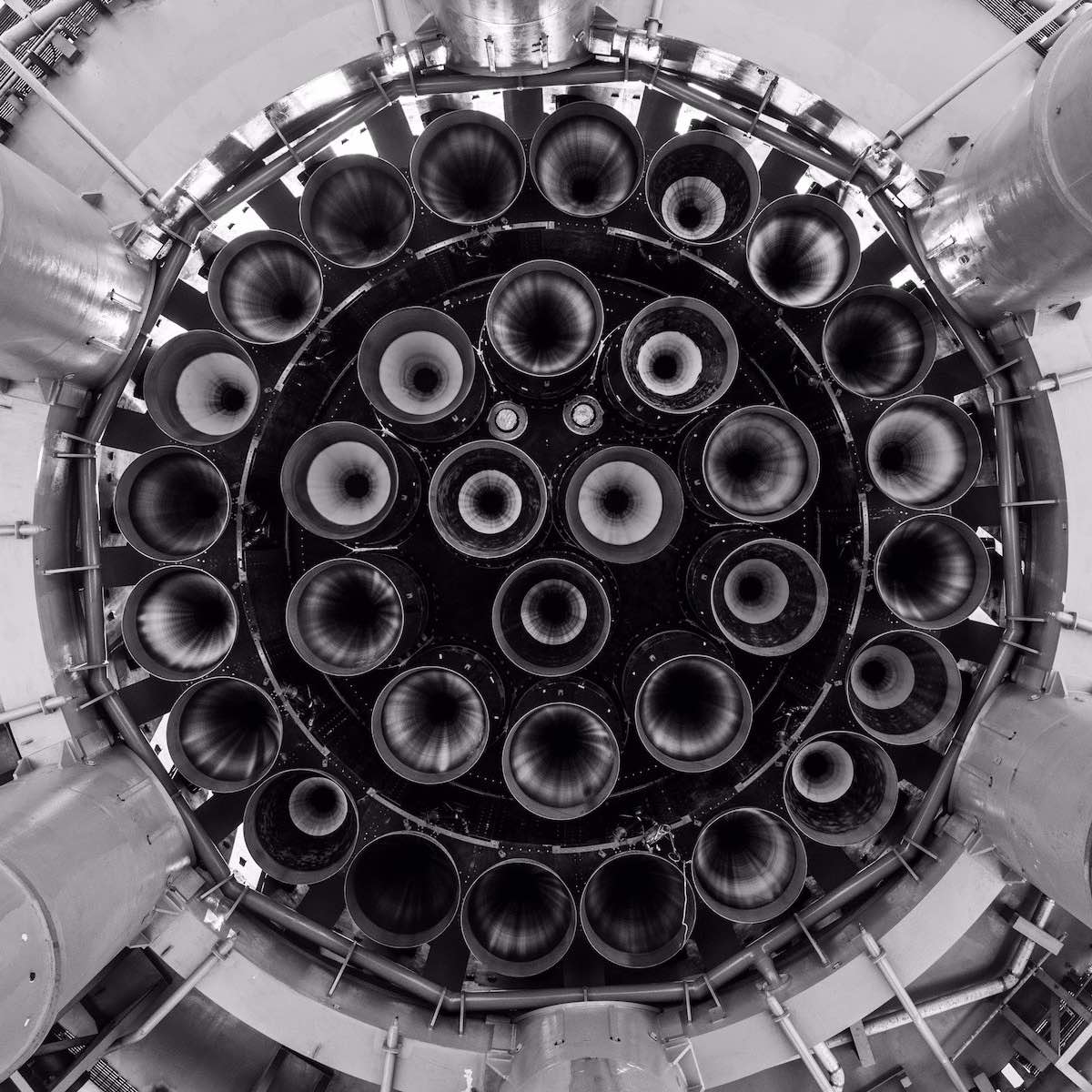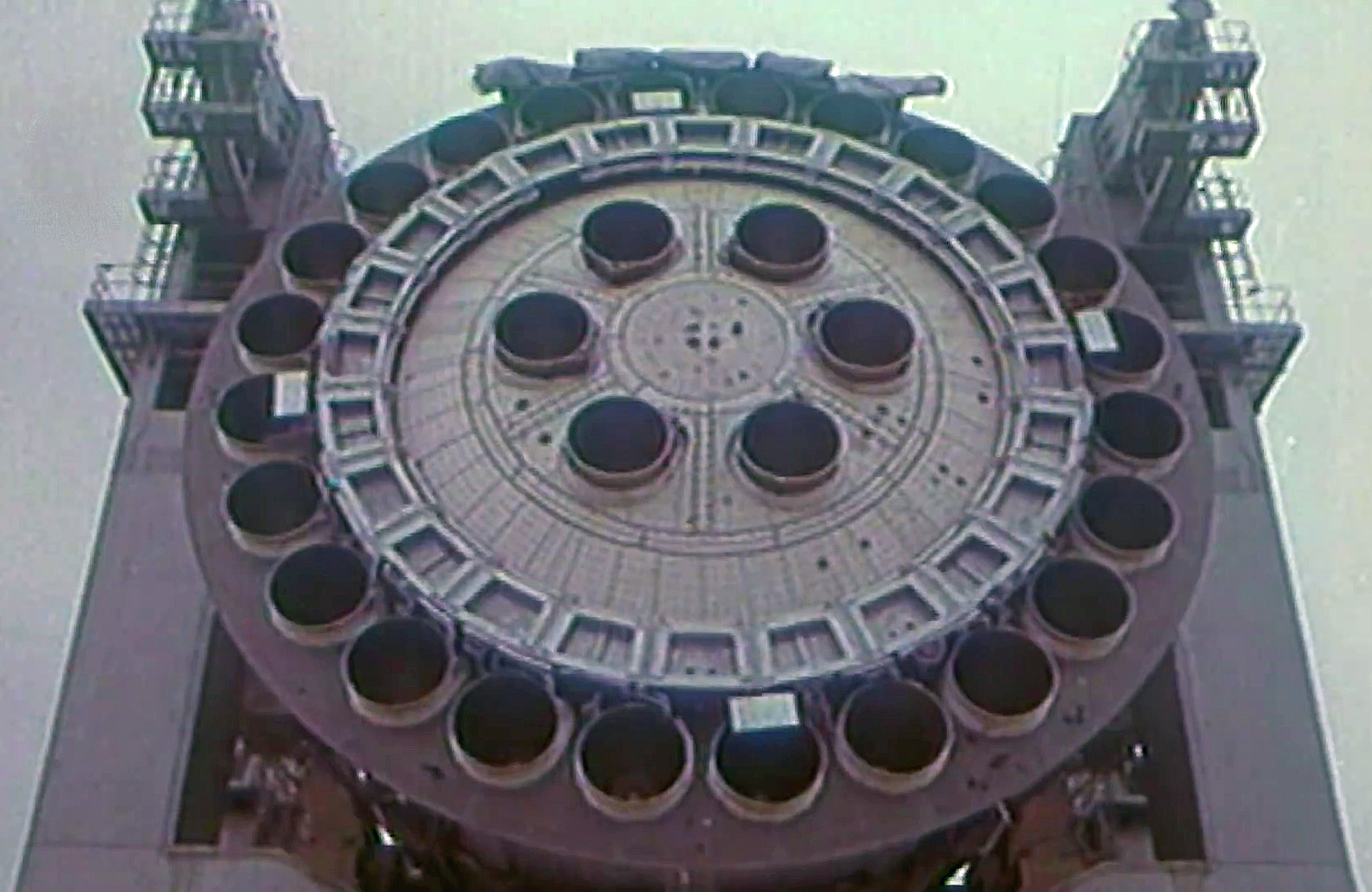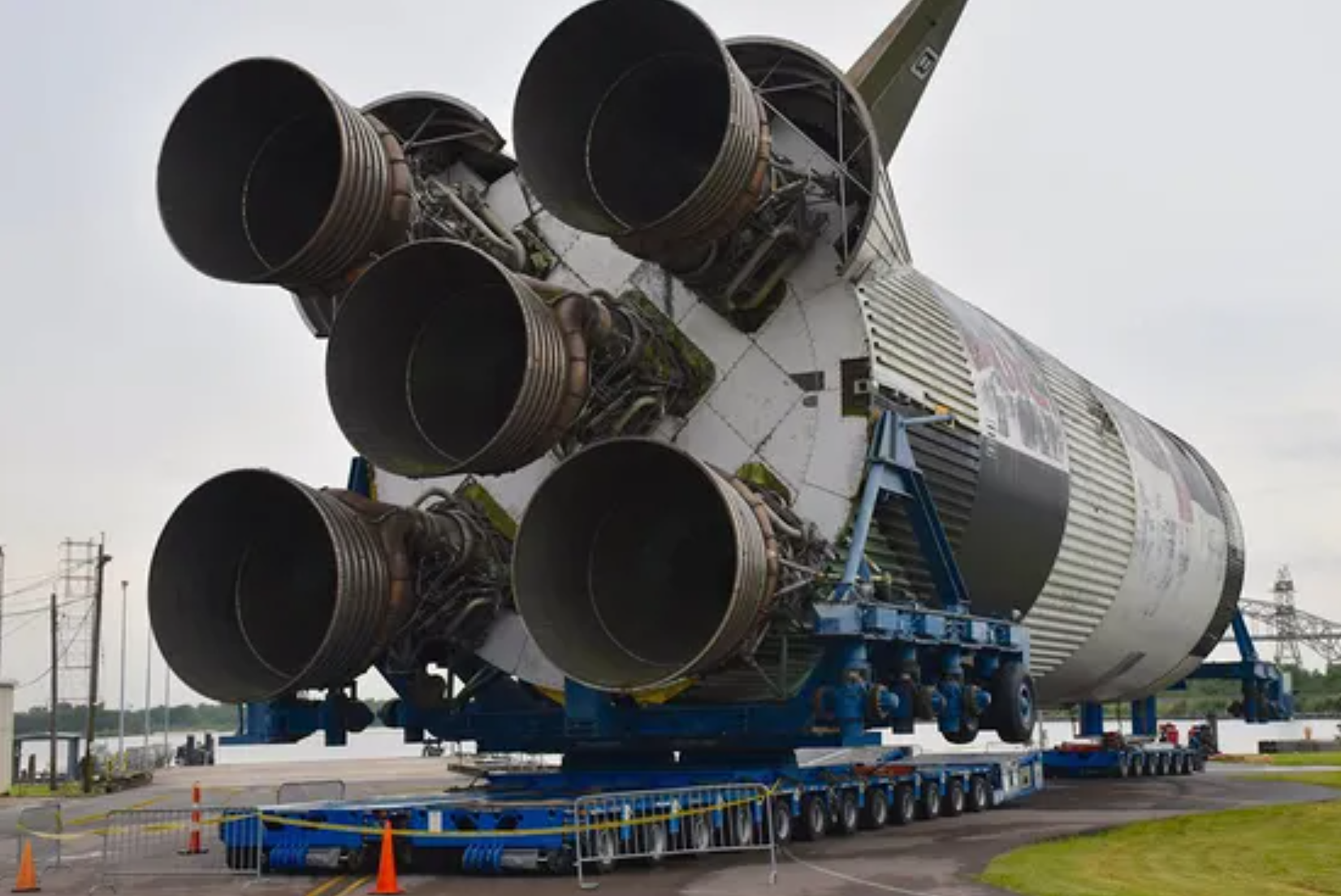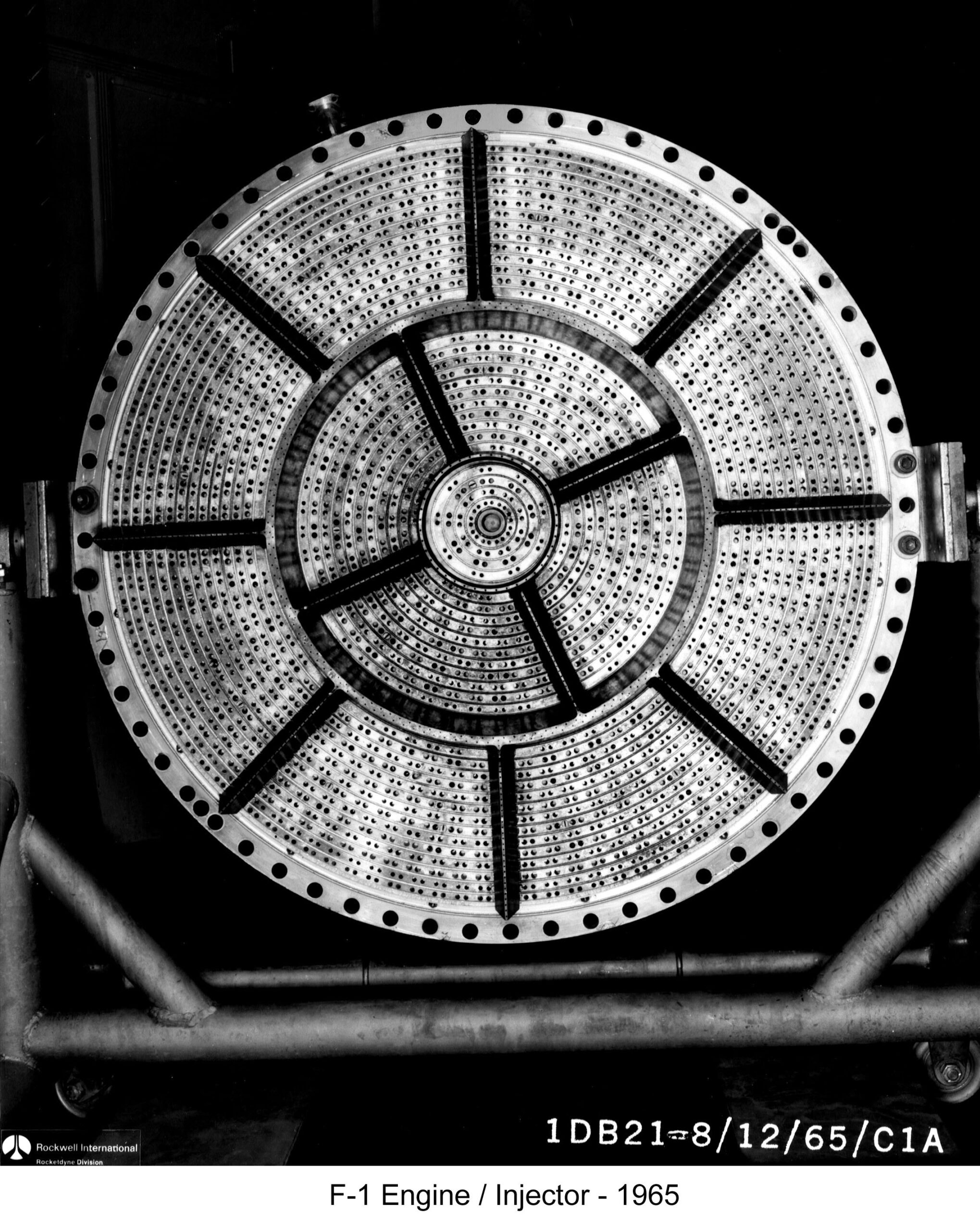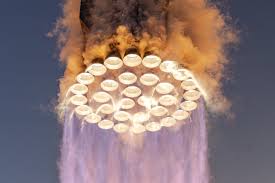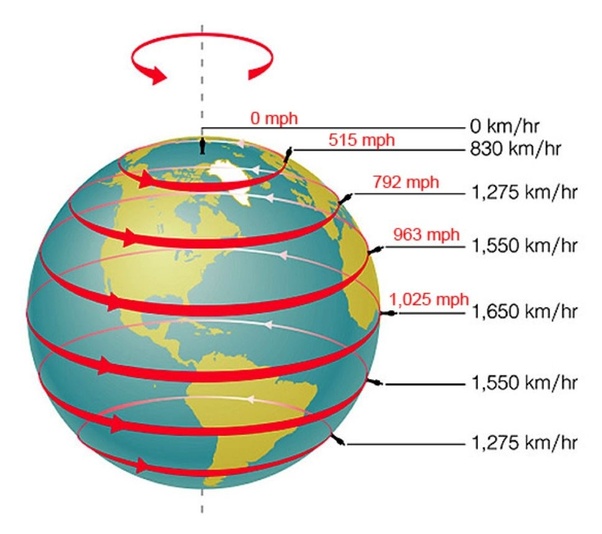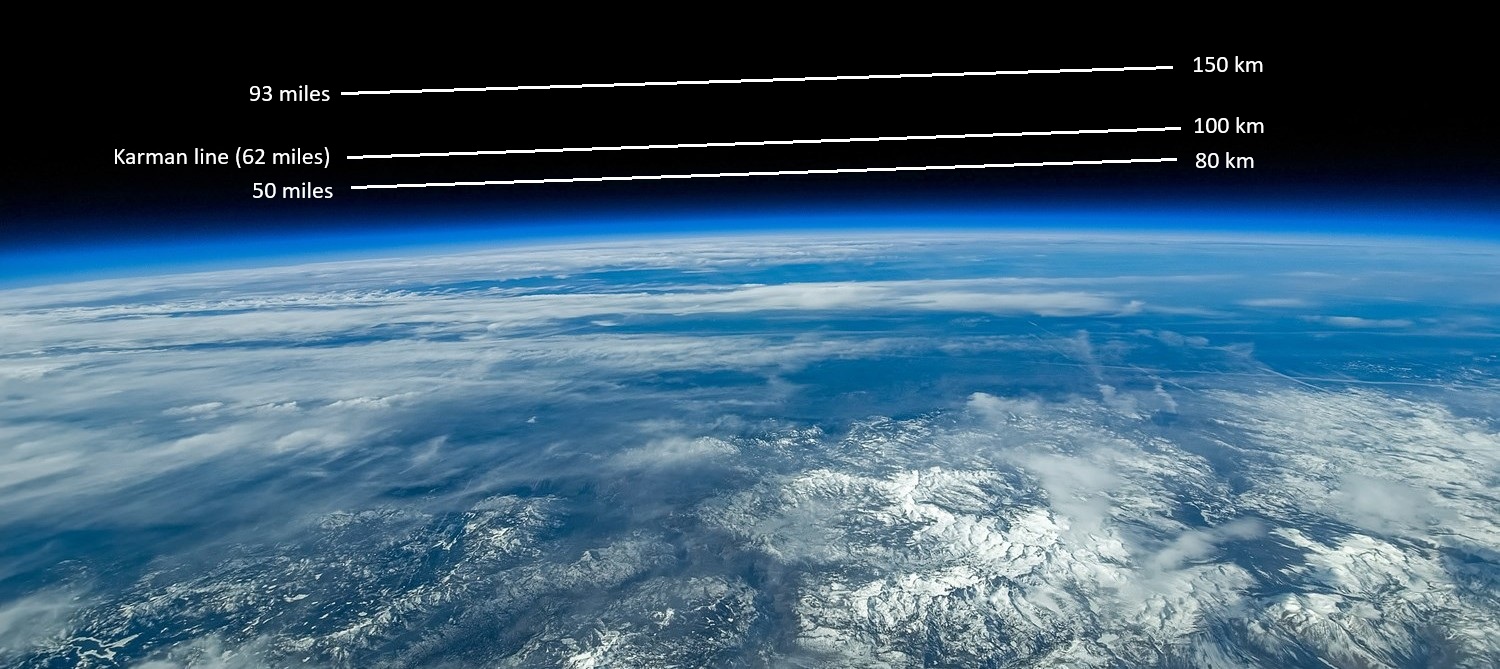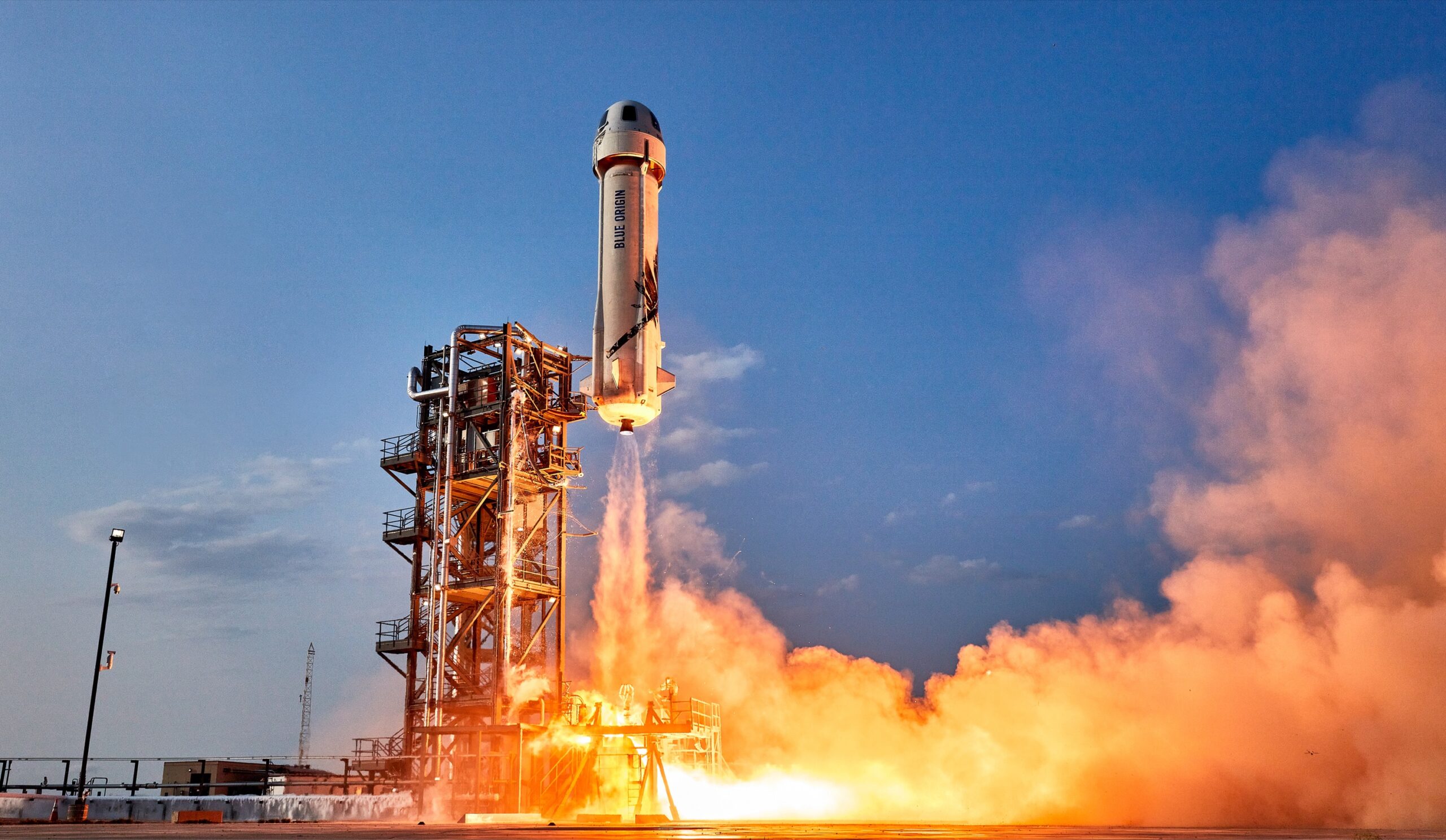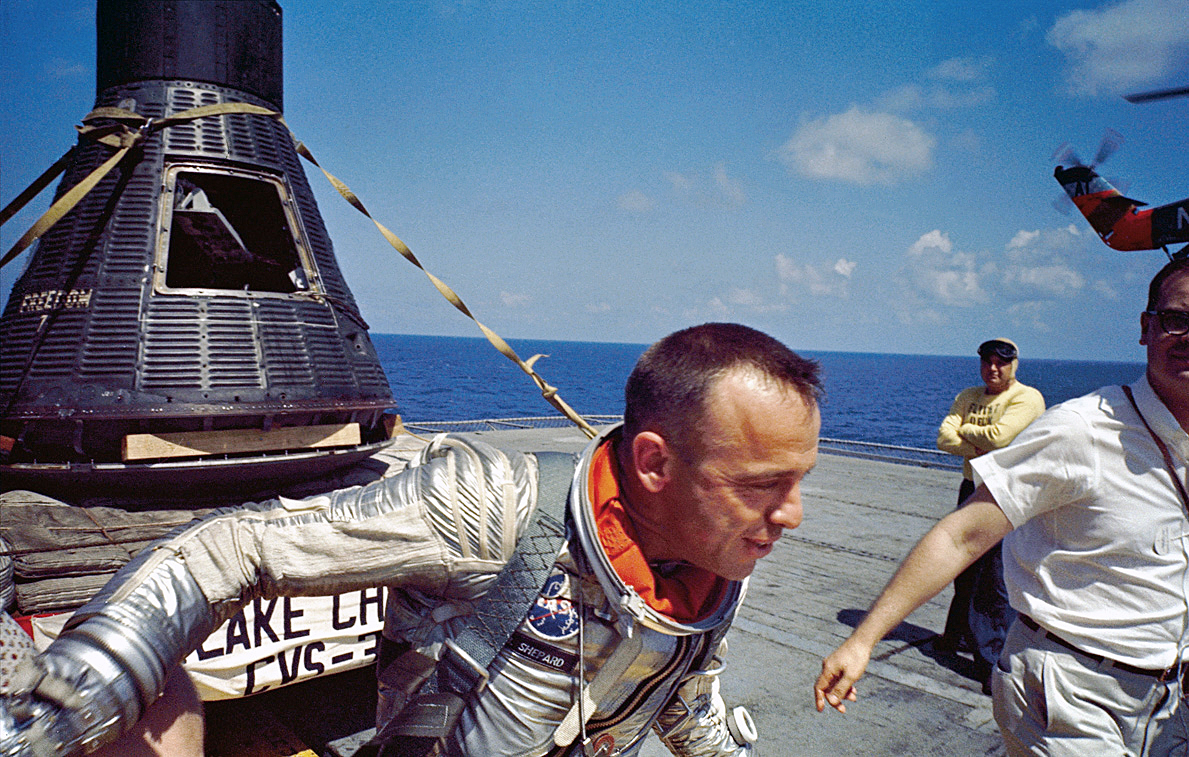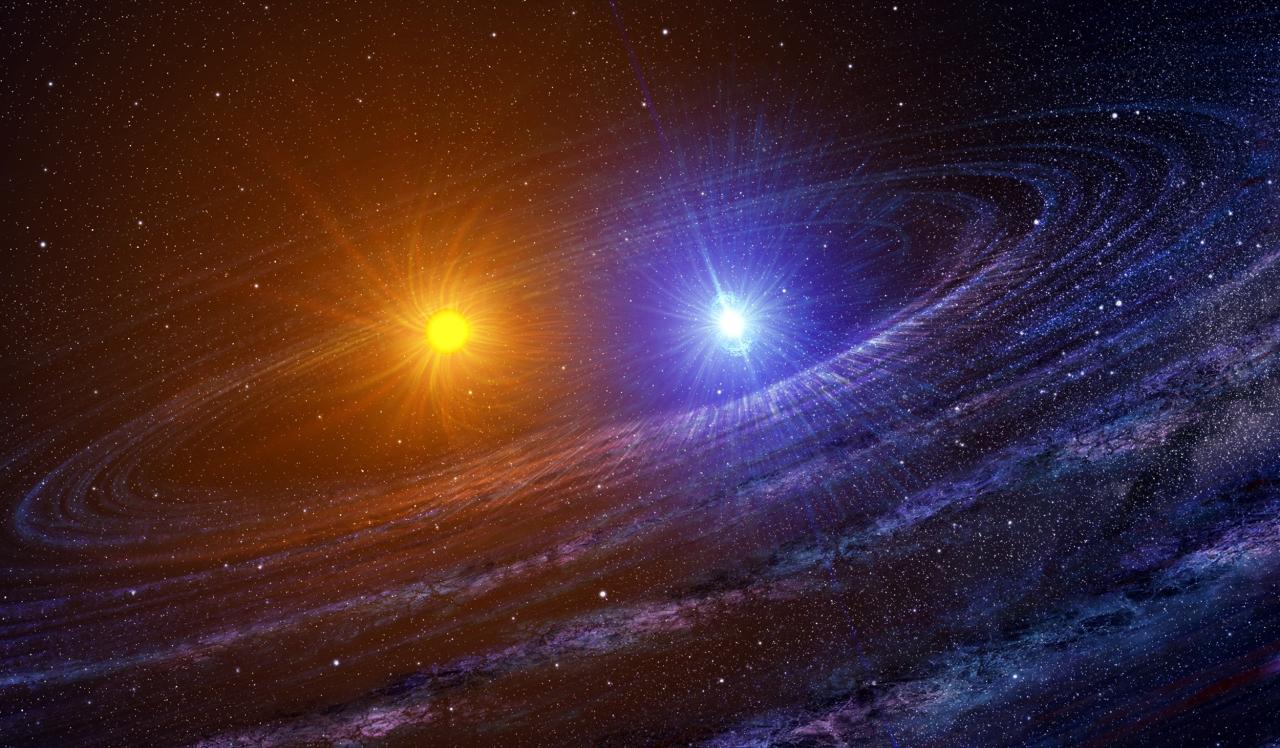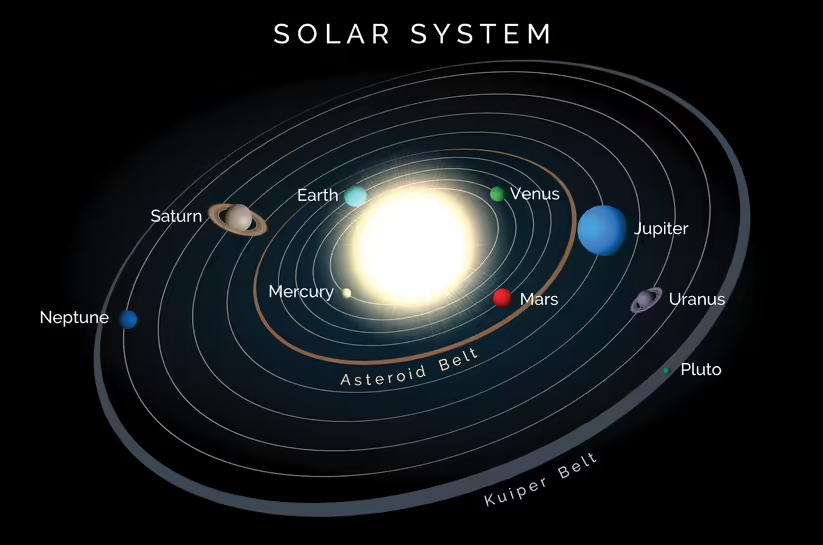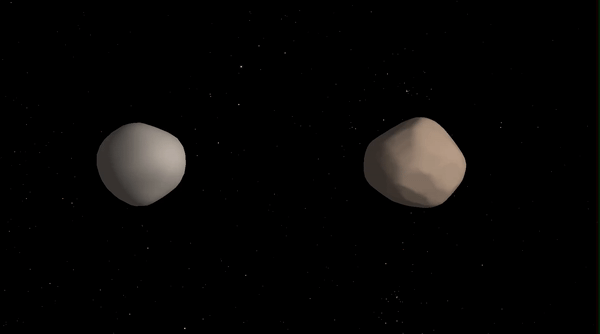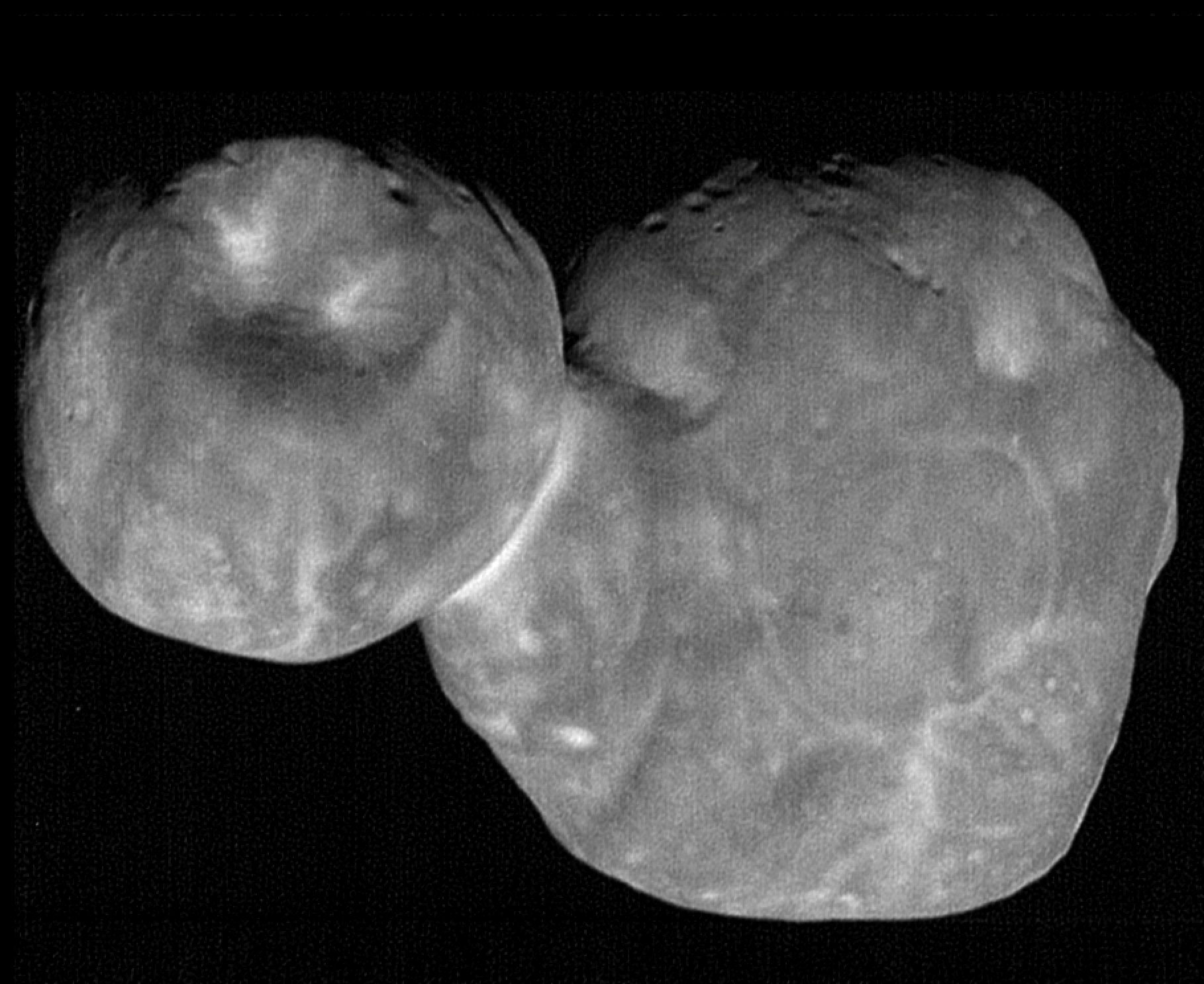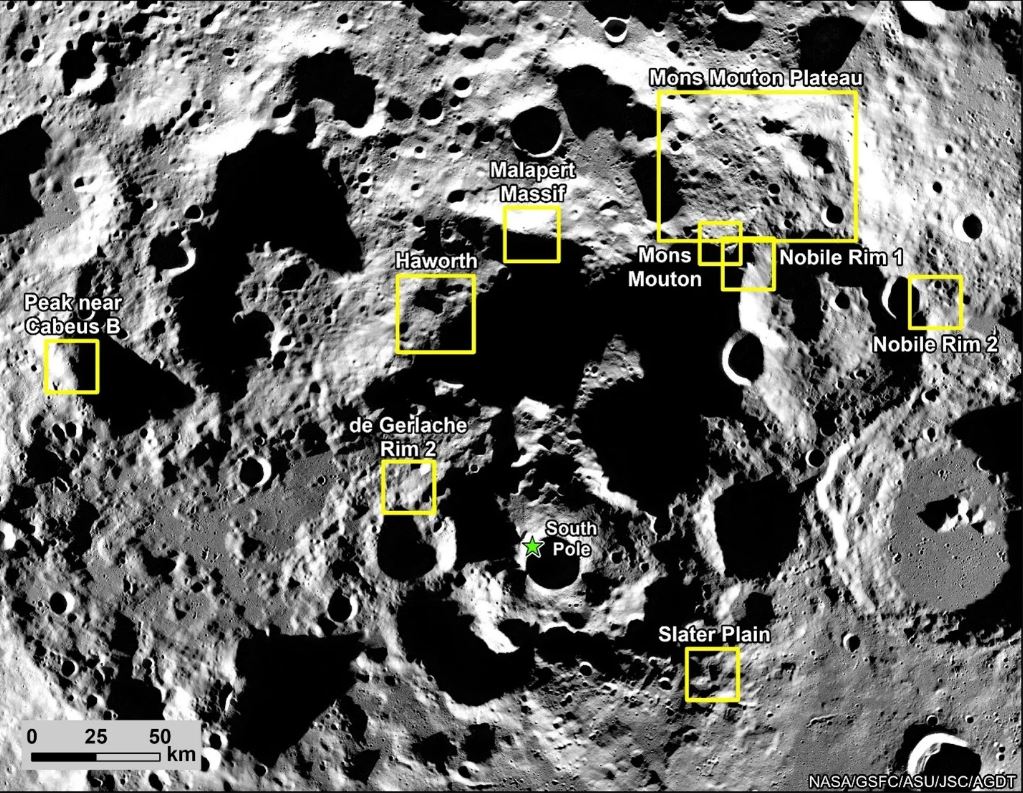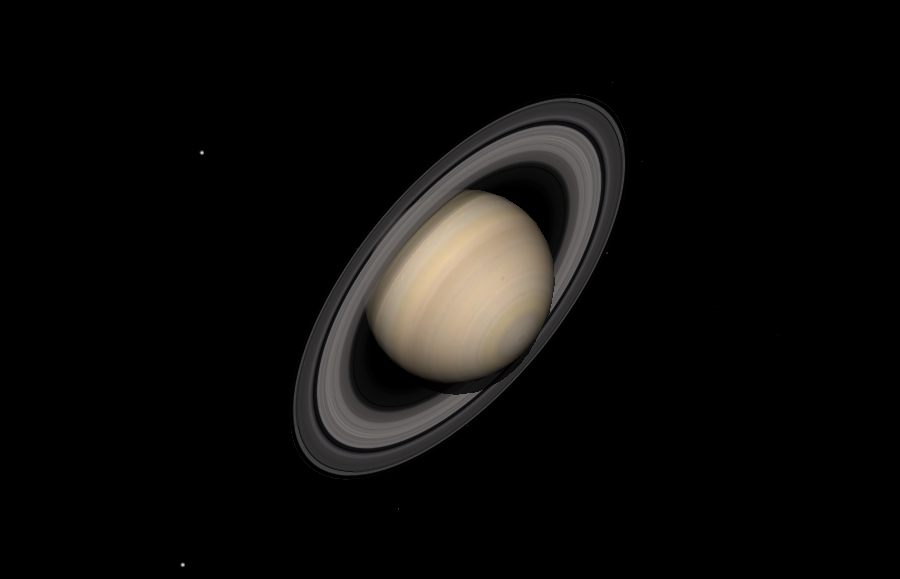
Whenever I’ve had the privilege of showing a telescopic view of Saturn to someone who has never seen it before, the almost inevitable response is disbelief. “Is that real?” Especially if its beautiful rings are highly tilted, the view is among the most beautiful objects in our solar system. This is an image I took a few years ago at the Belk Observatory, on the grounds of the Claytor Nature Center in Bedford County, Virginia.
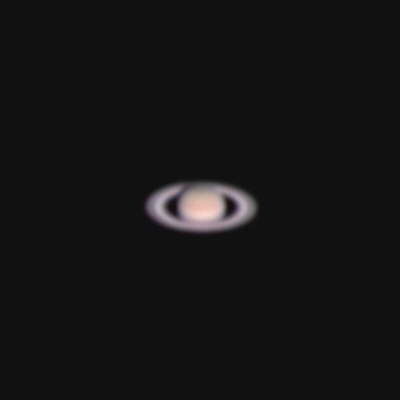
Image by Neal Sumerlin
On September 21st of this year, Saturn will reach opposition. For a planet farther from the Sun than Earth, this is when it lies opposite the Sun in our skies, highest in the sky at midnight. It is the best time to observe the planet, as it is in the sky all night.
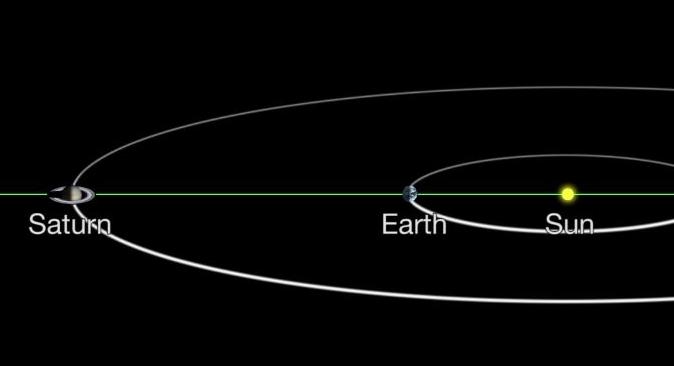
https://www.rmg.co.uk/sites/default/files/styles/max_width_1440/public/opposition.JPG?itok=i4utPh-_
But this year, the rings will be barely visible, almost edge on as we see them. This is what Saturn will look like—granted, this clear and detailed only through a very large telescope—on the night of September 21st.
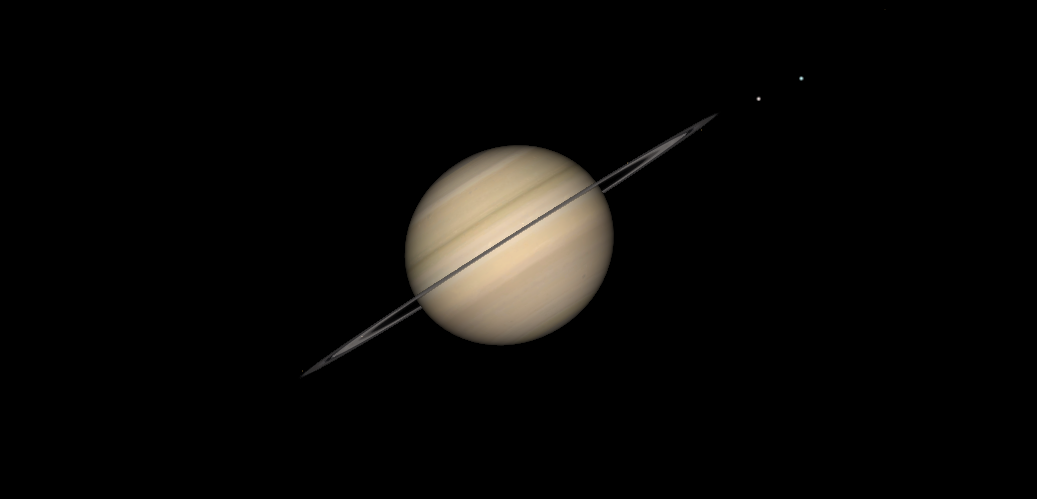
Image from Starry Night planetarium software
And this is a composite view of Saturn showing the planet’s changing orientation from 2004 to 2015.
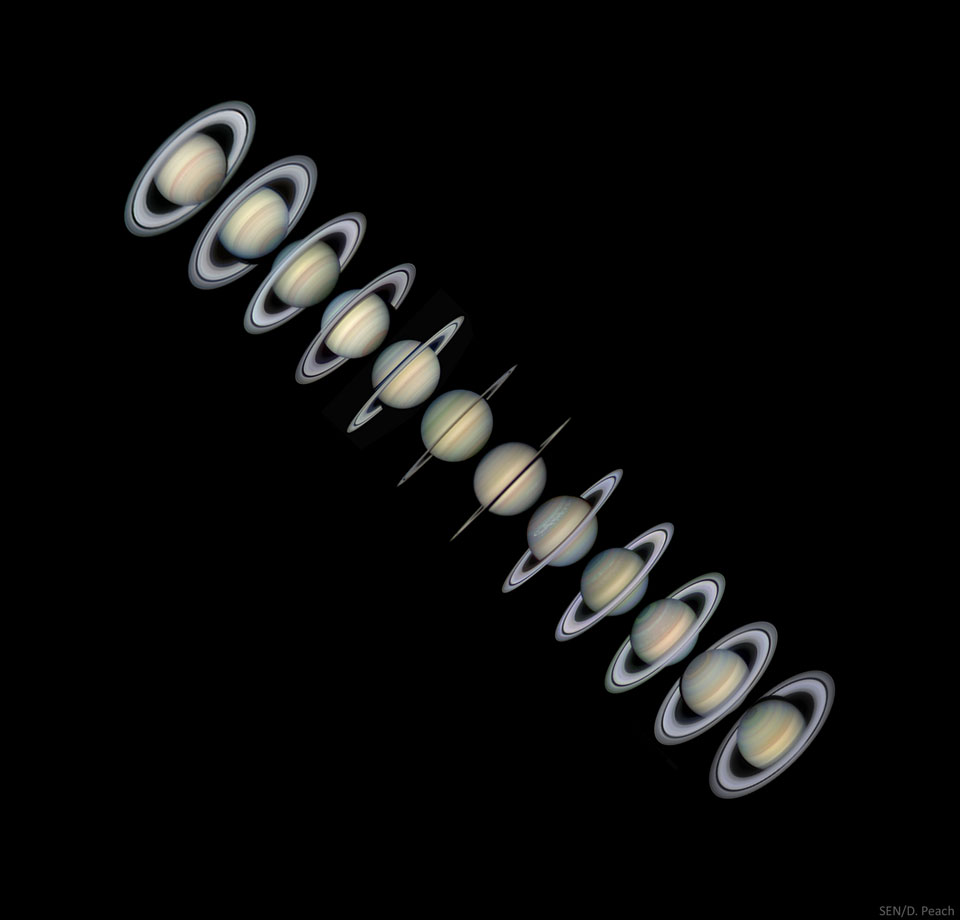
https://earthsky.org/upl/2021/09/saturn2004to2015_peach_lg.jpg
What’s happening? Is Saturn rocking back and forth? As with many visual observations, it’s a matter of perspective.
The rings circle Saturn’s equator. But like the Earth’s axis, Saturn’s axis around which it rotates is tilted relative to its orbit around the Sun.
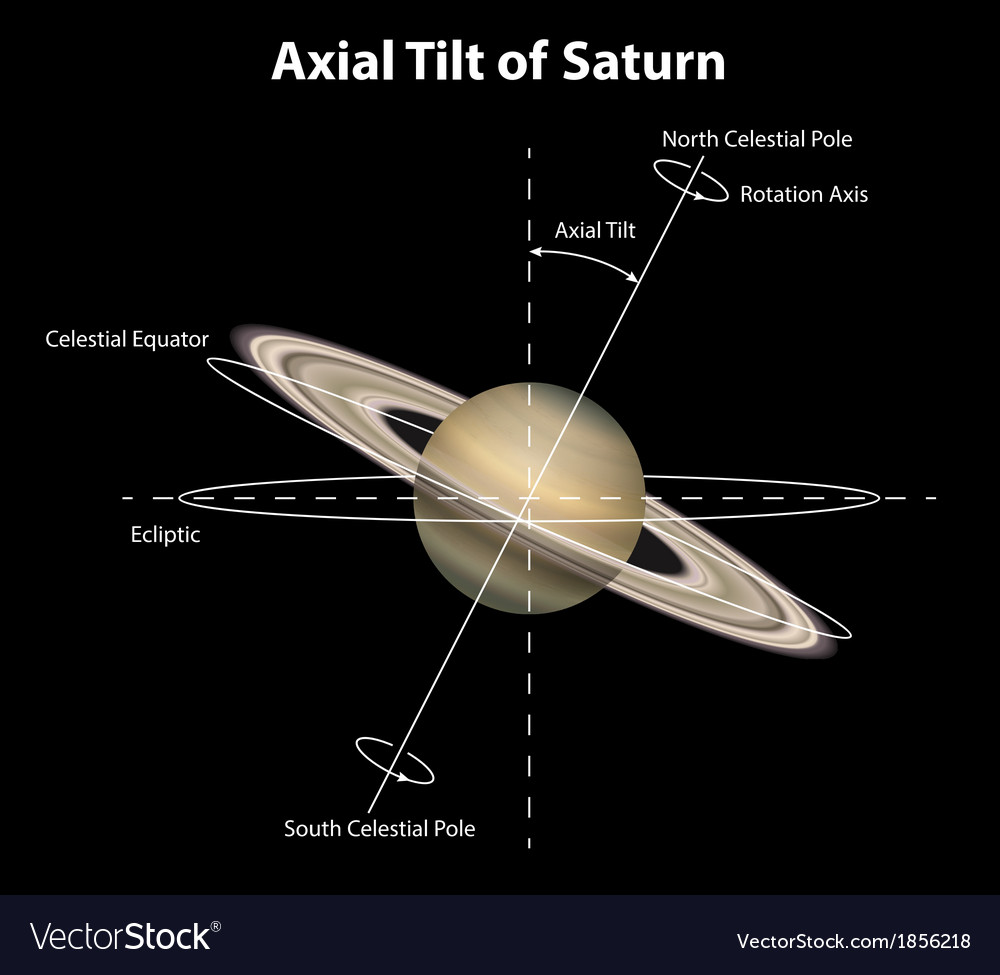
https://cdn4.vectorstock.com/i/1000×1000/62/18/planet-saturn-vector-1856218.jpg
From a vantage point outside our solar system, that tilt doesn’t change. But from the Earth, we view the planet alternately from “above”, looking down on the planet’s northern hemisphere, and from “below”, looking up at its southern hemisphere.
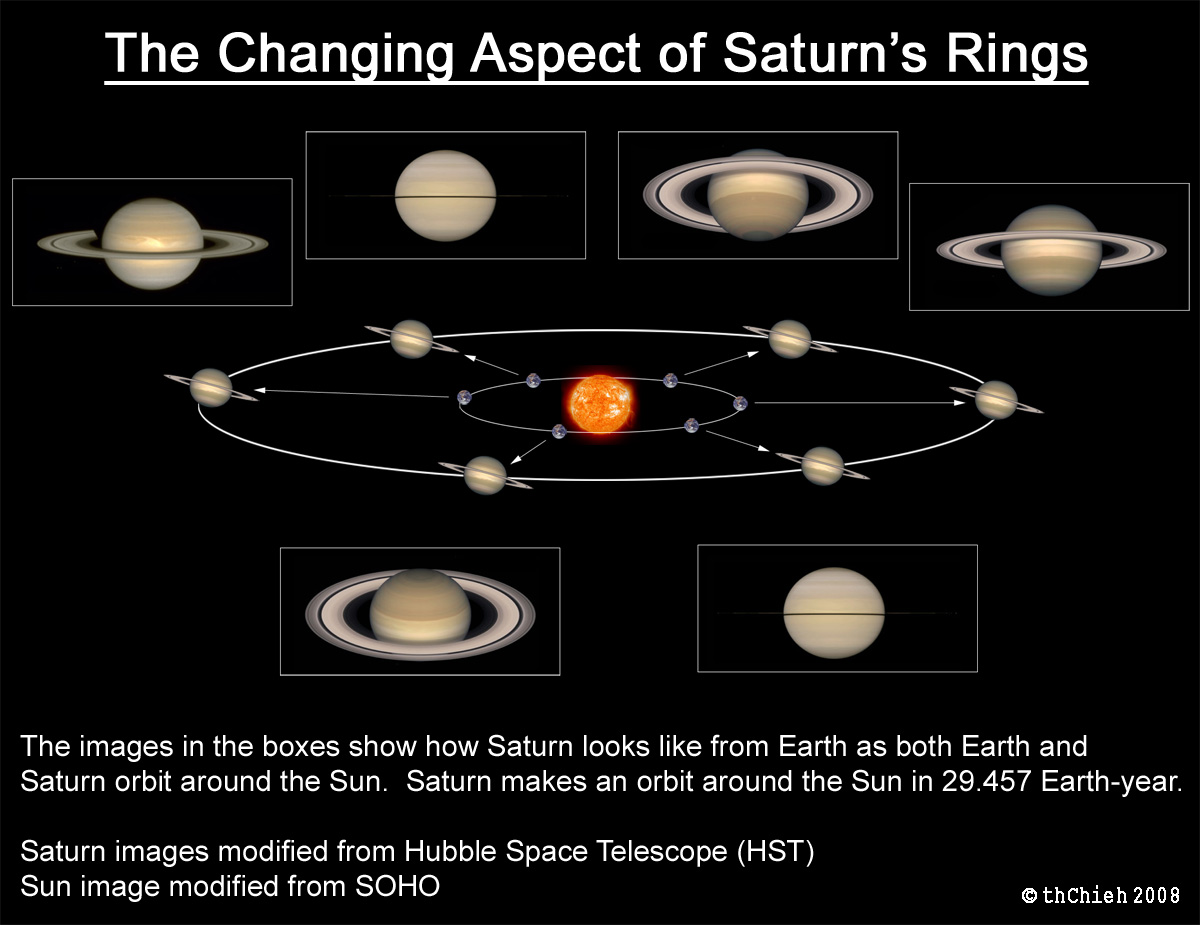
https://mydarksky.org/wp-content/uploads/2008/03/changing-aspect-saturn-rings_sm.jpg
Mark your calendars for April 2032! That is when Saturn’s southern hemisphere is at its greatest tilt toward the Sun, and we will see the rings in all their glory.

Image from Starry Night planetarium software



